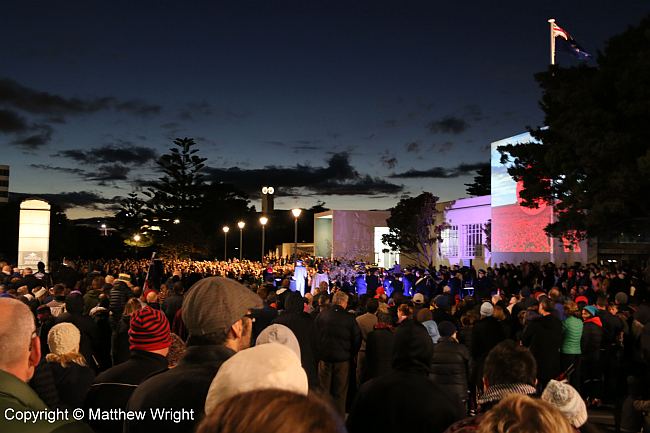It’s Anzac day today – the day New Zealand and Australia remember the dead of all their wars.

In a way it’s timing is odd. Many nations, certainly Britain and around her former Empire, mark the moment on 11 November, the day in 1918 when the guns finally fell silent on the First World War.
Here in Australasia, by contrast, we remember the dead on 25 April – the day when our forces invaded the Ottoman Empire, landing on the coast at Gallipoli.
The reasons have a good deal to do with the way these events were entwined with the sense of nationhood in both Australia and New Zealand. For the first time, both Dominions were engaged in overseas action for Britain – asserting their own identities as something more than a mere colony of the mother country.
In New Zealand it was dichotomous: at the same time as we explored our growing sense of self-identity (something that, as I’ve explored in my general history of New Zealand, had been building as a separate entity since the 1880s) we also evangelised our Britishness.
We were the most jingoistic of all Britain’s children – to the point where Kiwis were ridiculed for it in Britain.

That jingoism, in large part, is why Anzac day became New Zealand’s memorial day. I published the full story in my book Shattered Glory (Penguin 2010), but – briefly – here’s the chain of events.
We had gone into the battle with all the jingoistic fervour of the day. And while many of our soldiers were realistic about the odds, people back home were less aware of the realities of industrial-age warfare.
The casualty lists – over 2700 of them out of perhaps 15,000 or more New Zealanders who served on Gallipoli – came as a shock. It was all the more shocking given the fact that the campaign was a military disaster of the highest order.
When the first anniversary of the landings came around, a variety of New Zealand’s local and church authorities looked to mark the moment. It was a virtually spontaneous outpouring on the back of the grief of loss. But there were ways of assuaging it.
The key approach came from the Bishop of Auckland, who was able to turn the whole thing around by calling on that sense of Imperial fervour. Gallipoli may have been a military defeat; but it was a triumph for Imperial loyalty. We had sacrificed ourselves, doing our part for the Empire.
Today it sounds facile, but at the time it provided a way for grieving mothers, sisters, fathers, brothers, uncles, aunts and all the rest to cope with the loss of loved ones. That same sentiment – Imperial loyalty – also gave power to that first anniversary – a century ago, on 25 April 1916. It was only later, after the war, that Anzac Day became a more New Zealand matter, an expression of national identity within that framework of Empire.
Today it has changed again, as New Zealand has identified itself instead as a small nation on the world stage.
One thing remains constant: the fact that the world we have today was profoundly shaped by the sacrifices of the young men who went to war in 1914-18 and again in 1939-45 – the second act of that world-spanning conflict of the twentieth century. Were it not for them, New Zealanders included, democracy would not have prevailed against the rise of totalitarianism – something that the Kaiser’s Germany of 1914 already expressed – and the world today would be very different.
We will remember them.
Copyright © Matthew Wright 2016
Hmm, interesting, it was also 101 years from the Armenian genocide
LikeLike
Reblogged this on quirkywritingcorner.
LikeLike